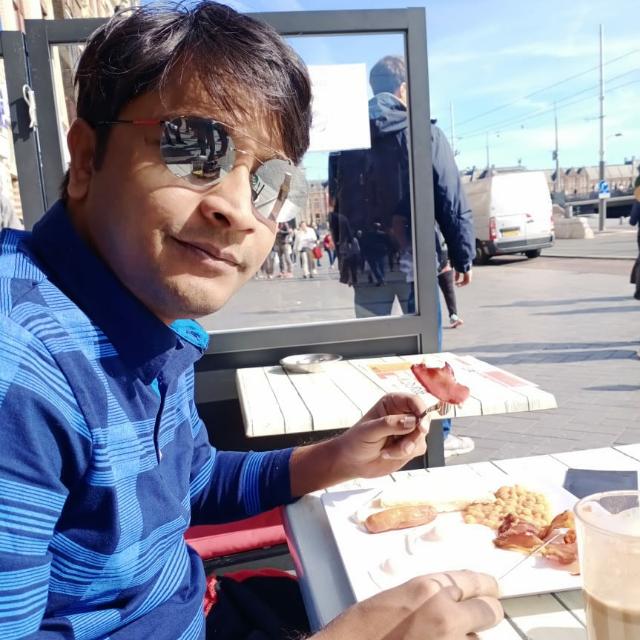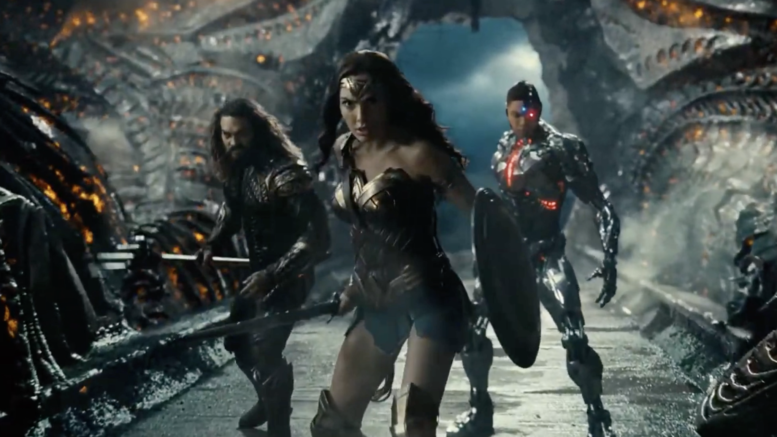The disappointment of 2017’s Justice League was soon followed by what appeared to be no more than wishful thinking by a legion of fans – There exists a better version of this movie shot by Zack Snyder. Slowly the discussions around the existence of a ‘Snyder Cut’ started getting traction across social media making it an Urban Legend on the lines of Bloody Mary and Aliens locked up in Area 51. Thankfully for fans of DC, the Snyder Cut did exist and saw the light of the day. Is it long? Yes. In the same way a test match is long, but you see a display of grit of class that is missing in the commercialized shorter format of T20.
It delivers a more engaging and visually effective experience compared to its 2017 counterpart
It is long in the same way a poetic, heart pouring letter of love to a lover in far way land is long. For witnessing shortened CGI orgy fests peppered with humour the Marvel Cinematic universe exists and there is a whole line up of those movies that one can always go back to.
The DC universe is different – it is grittier, darker and has characters that are much more than witty catch phrases and cheeky punchlines. That is precisely why Joss Whedon’s Marvel like approach to Justice League was a let-down. Look at what has worked from DC in the past: Nolan’s legendary Dark Knight Trilogy, Joaquin Phoenix led standalone origin saga of Joker, the Arrow-Verse on TV that began with Arrow ( a brooding, broken lead played by Stephen Amell) and has grown over a decade into a fascinating universe with Flash, Supergirl, Batwoman and the Legends of Tomorrow.
Cyborg and Aquaman get compelling backstories, and Ezra Miller’s Flash shines with a more substantial role, setting the stage for his solo outing in Flashpoint
In a bid to catch up with the MCU on the big screen, Justice League was hurried without establishing the characters. The only character who was developed to the point was Henry Cavill’s Superman who got the solo Man Of Steel and the reasonable Batman vs Superman: Dawn of Justice. When 2017’s Justice league released with Aquaman, Flash and Cyborg seemingly thrown in right out of the speed force, it was bound to fail.
The antagonist Steppenwolf receives a significant upgrade, with improved CGI effects and a more convincing depiction of his quest for the mother boxes.
Hence the significance of the Snyder Cut – it finally does Justice to the Justice League. While debating the revival of Superman, Alfred tells Bruce Wayne ‘If you cannot control a charging bull, do not wave a red cape at it’. To which Bruce Wayne replies ‘You do when it’s this red cape. This red cape charges back’. You could say something similar about the Snyder Cut – ‘Do you bring back a shelved 4-hour long director’s cut of a movie that was universally panned?’ You do when it is this Snyder’s cut. This cut redeems the DC Extended Universe.

The climatic battle, while following the same premise as Whedon’s version, is executed differently in #ZackSnydersJusticeLeague, offering a more engaging and visually impactful experience.
Cyborg/Victor Stone (Ray Fisher) saves the day like the 2017 version but does a whole lot more. His backstory, the equation with his father (twice over) and his struggle to embrace his newfound powers makes for a convincing origin story. If you take into consideration that this version was shot before the Aquaman movie, Jason Momoa’s Aquaman too gets a decent backstory. You know how the people he has been helping feel about him through the look in their eyes as they sing an Icelandic folk song after he departs, not through badly drawn sketches on walls of a pub like in the previous version.
For a fan of the Flash storyline and a speed force nerd, this version of Ezra Miller’s Flash worked for me. His character had more screen time and contributed more to the actual fight as opposed to being stuck with bad jokes (black hole – snack hole) or resting uncomfortably on Wonder Woman’s bosom. His solo outing Flashpoint seems worth the wait now, also considering the Flashpoint’s relevance in both the comics and the TV series.
The absence of mid-fight distractions enhances the flow of the narrative.
The antagonist, Steppenwolf who was a CGI wreck at best and a cribbing weakling for a villain at worst in the 2017 version, gets a lot of meat to his character and deserving CGI affects to his look. The reason for him going behind the mother boxes is more convincingly depicted. The big bad of DC, Darkseid’s arrival is teased although it remains unclear at this point if there will be any sequels. If it does happen then there are few things like the anti-life equation that call for a vast canvas. The climatic battle on paper is the same as Whedon’s version but the execution is vastly different.
Snyder’s version is more engaging, the visuals more effective and the part involving the Flash, which was missing in the other versions adds a new dimension to it. Plus, there are no mid fight distractions like saving civilians. In the earlier version, it was very apparent as being placed to delay Steppenwolf’s defeat at the hands of Superman.
The epilogue, criticized by some, hints at potential storylines for subsequent Justice League movies and serves as a closure for DC fans
The epilogue which has got some flak from reviewers might look like a putting together of unused material but if you consider the fact that this was supposed to be only the first of the Justice League series, the epilogue hints at what the subsequent storylines could have led to. What bigger baddie for the Justice League to fight than a certain post traumatic Kryptonian. On the whole, Zack Snyder’s Justice League is a long-waited closure for DC fans. It is a love letter from a master storyteller to the fans of the DC characters (comics and movies alike). Now if we can start the campaign to leave the future of DC Extended Universe in the hands of Zack Snyder and see where it goes.

Captive of the 24 frames and admirer of the written word. If it is not on the silver screen or on the pages of a paperback, it might as well not exist.

